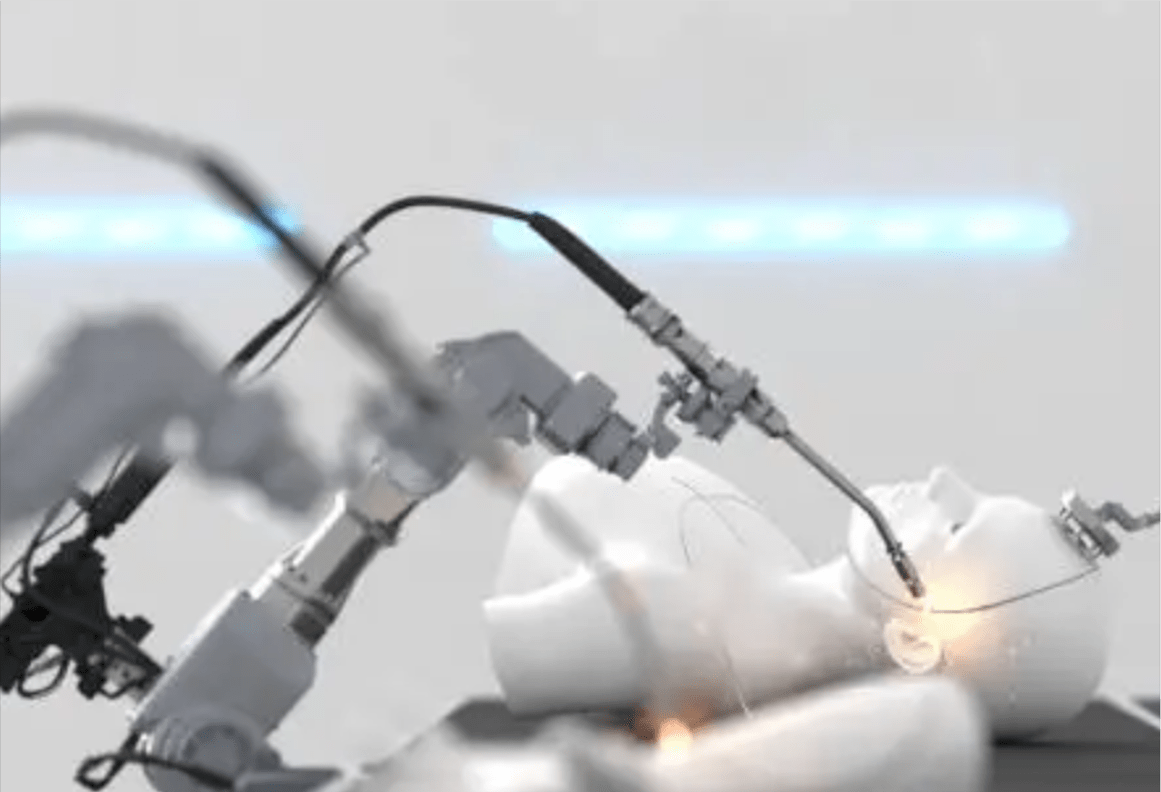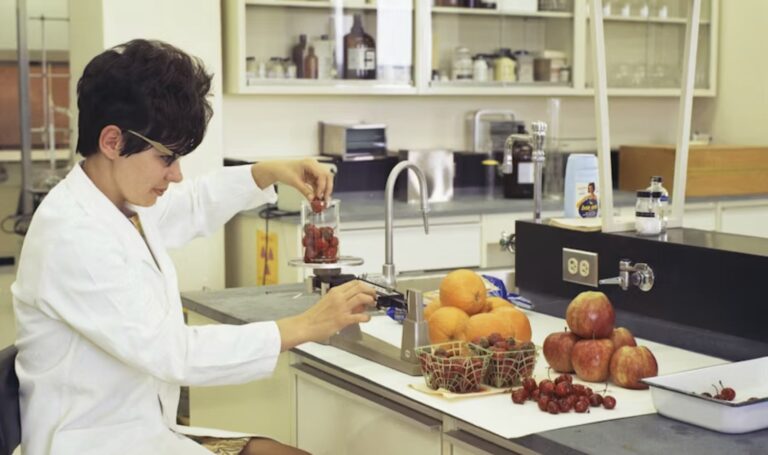
Tech innovation is the prime wire that will make surgical robotics a multi-billion-dollar market shortly. Yes, it’s making the unreal, real, the impossible, possible. Imagine this: a robot is performing a surgery with utter precision! It’s the truth of today’s world! Intuitive Surgical did a case study in December 2021, which can be an appropriate example of this. It’s the da Vinci system assisted in over one million minimally invasive procedures worldwide, showing how advanced features can change patient outcomes. Every breakthrough, from AI-assisted movements to remote surgery capabilities, is directly linked with rising demand. As technology moves faster, the market finds new energy, attracting both hospitals and investors toward the future.
The Current Status of the Surgical Robot Industry
The surgical robot market is flourishing, as far as the market stats are concerned. Let’s have a brief notion of what market researchers thought about the industry. The experts from Research Nester projected that the market has a promising future with a whopping USD 28.2 billion revenue share by 2037. The market that garnered around 7.0 billion USD in 2024 is going to run faster at a CAGR of almost 16.9% with all the right reasons. North America is leading the market with more than 47.0% market share, all because of the fast FDA approvals and high hospital adoption.
In Europe, Germany and France are pushing robotic-assisted surgeries. The UK’s CMR Surgical is exploring a USD 4 billion sale after FDA approval of its Versius robot. Meanwhile, the Asia-Pacific is the fastest-growing region with emerging economies that are ready to invest a humongous amount and have a widespread, untapped opportunity. China’s MicroPort Robotics recently got approval for its KangDuo system, and India’s SS Innovations launched its indigenous surgical robot in July 2025, cutting costs by more than 40.0%.
AI Revolution – From Assistants to Autonomous Agents
Artificial intelligence is revolutionizing drug discovery. Forget chatbots; the real disruption lies in autonomous AI agents that execute tasks without constant human oversight. Here are the AI-pushed developments that are happening globally.
AI-Driven Drug Innovation
AI is much faster in deciding trials than traditional methods. Let’s take an instance; Insilico Medicine’s AI platform started an AI-driven drug trial on patients and shared the results of Phase I trials in under 30 months. Similarly, Recursion Pharmaceuticals has reduced the time from novel target biology to a preclinical drug candidate in under 18 months. Additionally, Nvidia developed BioNeMo, which provides training generative AI support to labs for molecular design. This has cut R&D costs by around 70%. Even Chai Discovery got USD 70 million in financial support in August 2025 to further develop AI-driven drug discovery platforms. These instances demonstrate that AI in surgical robotics is not only driving innovation but also investment. These advancements are changing the whole landscape of the market.
Portability and Miniaturization are Revolutionizing the Medical Industry
A surgical robot is not a gigantic piece of metal and wires today. Virtual Incision and CMR Surgical, these tech giants are developing suitcase-sized robots for laparoscopic procedures, which can be set up in any place. As they are 30% to 50% cost-effective to manufacture, even smaller healthcare sectors can access them. With more than 65% of surgeries still performed in outpatient settings, this trend will garner almost USD 3.2 billion of the market by 2027.
Real-World Innovations: The world is implementing various kinds of smaller and compact robots for accurate surgeries. Here we’ve shared a few recent innovations happened globally.
- THINK Surgical recently developed the TMINI system, which is a handheld, wireless orthopedic robot. It has been utilized in over 500 knee surgeries across the U.S., demonstrating its effectiveness in real-world settings.
- TMINI system is not alone in the race! There are other innovations, too, that’ll change the whole perspective of surgery. Virtual Incision’s MIRA system, a miniaturized robotic platform, is another tech breakthrough that is going to have a positive impact on the medical industry. It has got FDA approval as well, which is enough to demonstrate the growing buzz around surgical robots.
Investment from Public and Private Entities: Public and private authorities are pouring money into innovations, as they can also understand their importance.
- Recently, the spinoff company from the University of Nebraska got significant funding from the US government. This funding was initiated for them for the development of their next-generation surgical robot.
- Malaysia’s government has allocated approximately USD 23 million for hospitals in its 2025 financial budget. This funding was secured to procure advanced medical equipment, including robotic systems, as part of its healthcare modernization efforts.
- Private sector investments are also notable; for example, Quantum Surgical got €15 million in support from the European Investment Bank in 2021 to accelerate the clinical adoption of its Epione robot for liver cancer treatment.
Wide Investor Opportunity – Huge Demand
The surgical robots enable faster regulatory approvals and easier training, accelerating market expansion. Emerging economies, where more than 70% of rural hospitals lack advanced surgical tools, present a great growth opportunity. In fact, Avatera Medical and many more companies like it are already targeting these regions with modular, transportable robots. For investors, it is a great opportunity as it provides greater adaptability in the future.
Conclusion
Surgical robotics will change the whole picture of the operating theatre by 2030. From pocket-sized surgical robots to AI that gives credible, real-time decisions, we must stay ready for a tech-driven medical world.




